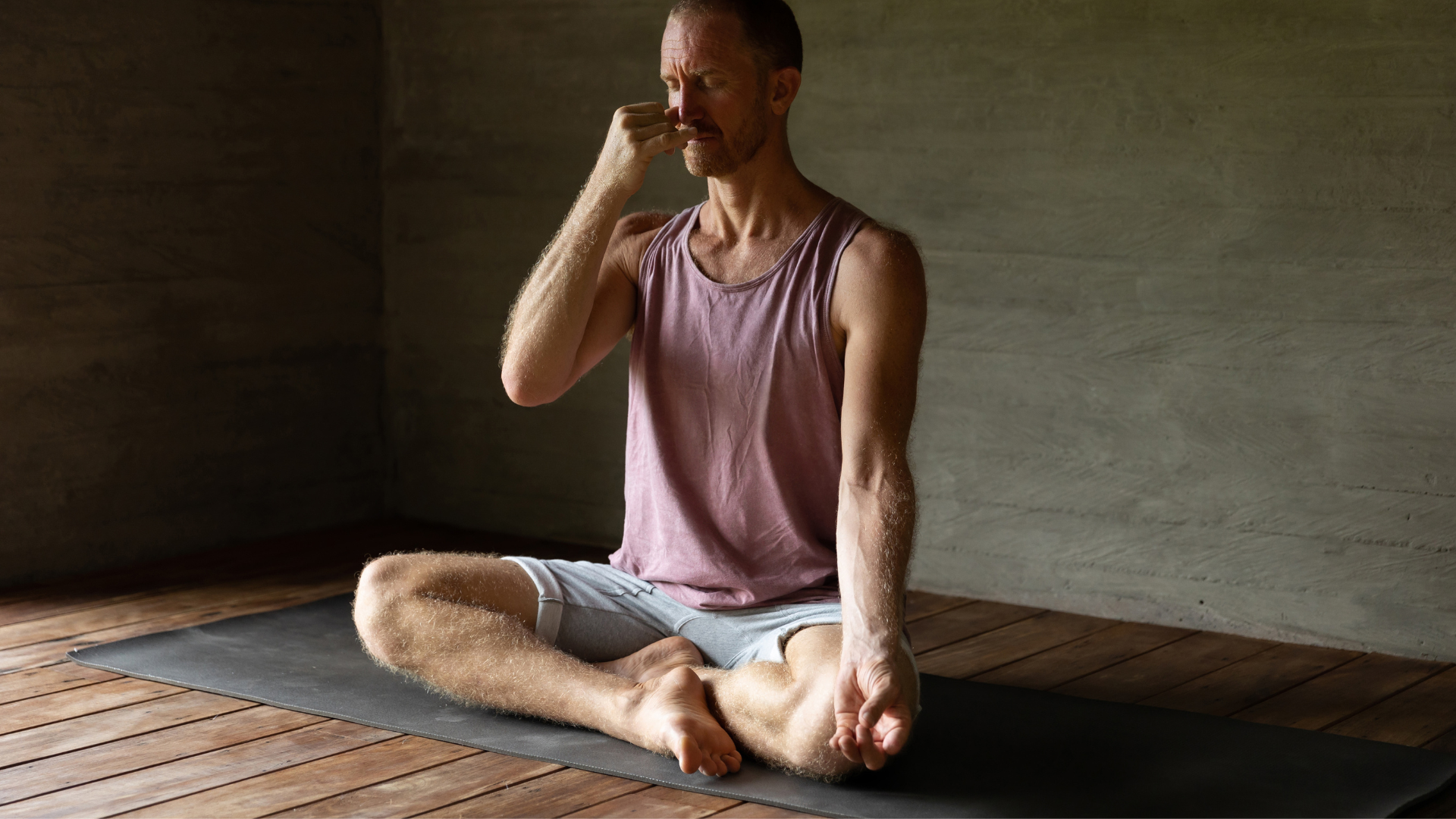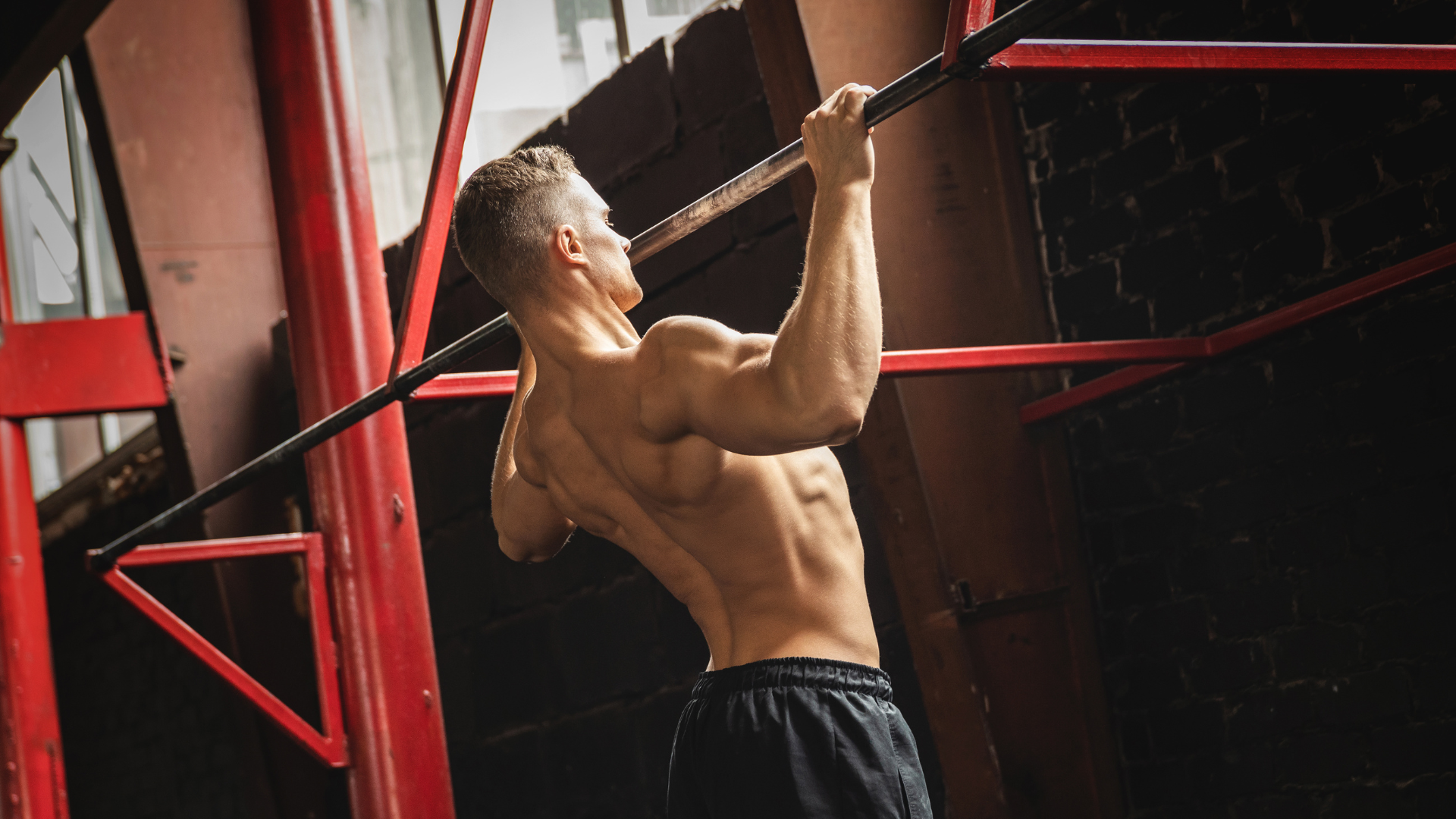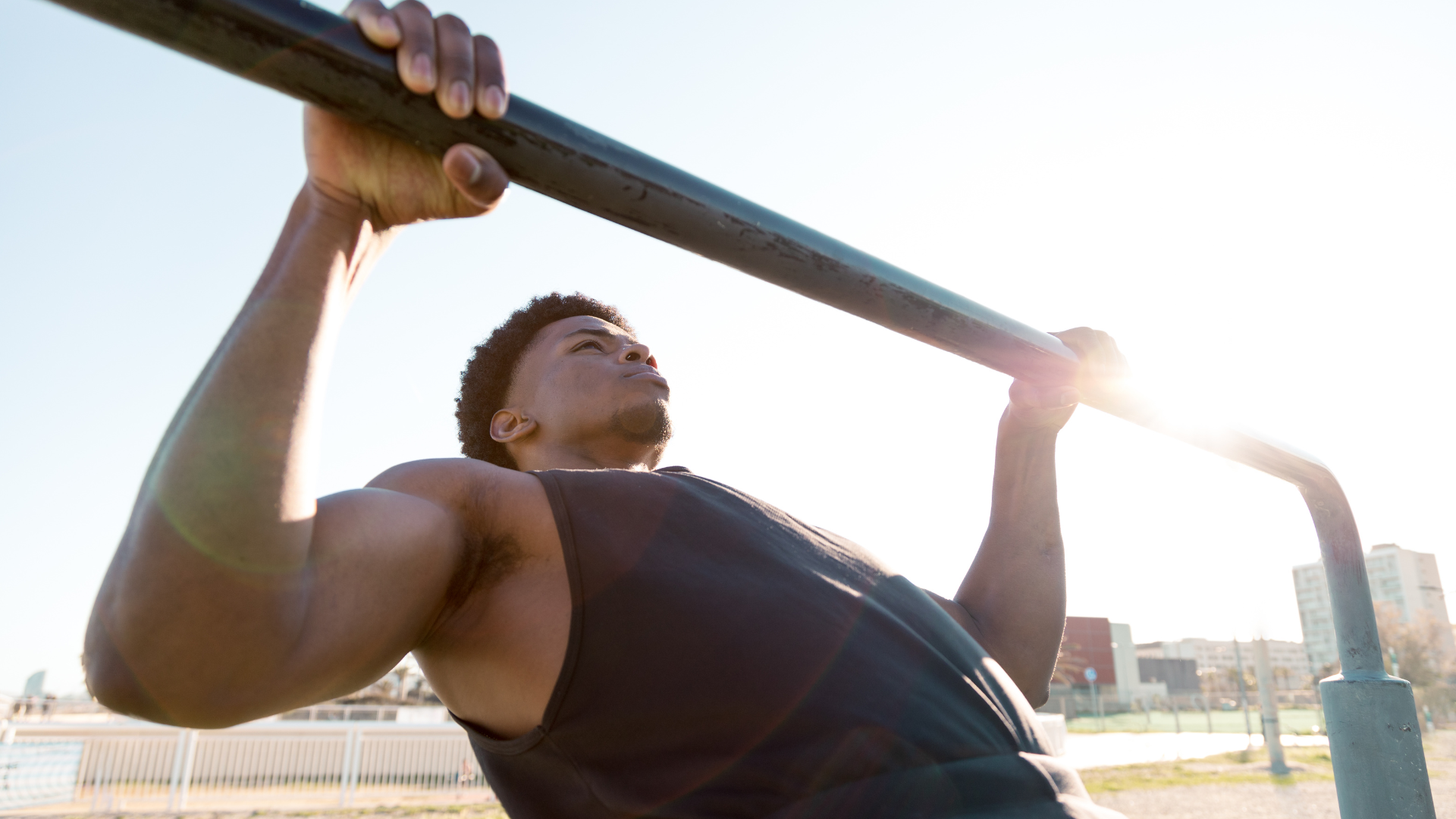Breathing techniques for calisthenics can significantly boost your strength, focus, and recovery. Whether you’re performing static holds, high-rep endurance work, or skill-based movements, using the right breathing technique can enhance your results and help you train smarter.
Breathing in Calisthenics
Many athletes overlook the role of breathwork in bodyweight training. Proper breathing stabilizes your core, maintains intra-abdominal pressure, fuels your muscles with oxygen, and helps regulate your nervous system. Mastering these techniques can elevate your performance, particularly during demanding workouts.
1. Breathing for Strength and Lifting Exercises
For movements like push-ups, pull-ups, dips, or weighted calisthenics, follow this golden rule: inhale on the negative (eccentric) phase and exhale on the positive (concentric) phase. For example:
- Push-ups: Inhale as you lower your body, exhale as you push back up
- Pull-ups: Inhale as you lower, exhale as you pull up
- Leg raises/sit-ups: Exhale during the lift, inhale as you return down
This rhythm helps activate your core, improves bracing, and ensures oxygen delivery when you need it most—during the exertion phase.
2. Breathing for Static Holds
When doing exercises like planks, L-sits, handstands, or planche holds, avoid breath-holding (Valsalva maneuver) for extended periods. Instead, aim for slow, controlled breathing. This improves your endurance and keeps you relaxed and efficient.
- Use diaphragmatic (belly) breathing instead of shallow chest breathing
- Exhale slowly through your nose to stay calm and centered
- If tension is high, use short breath cycles: 3-second inhale, 3-second exhale
This helps reduce fatigue and prevent the muscle shake that often comes with max-duration static holds.
3. Breathing for Endurance and Flow Training
For circuits, long sets, or cardio-style calisthenics workouts, rhythmic breathing is essential. A great technique is the 3-2 breathing pattern often used by runners: inhale for three steps (or reps), exhale for two. Adapt it like this:
- Inhale for 3 seconds or reps (e.g., push-ups)
- Exhale for 2 seconds or reps
This controlled breathwork keeps your heart rate down, improves stamina, and prevents that gasping-for-air feeling that tanks your performance.
Science Behind Breathing Techniques
Research shows that breath control can positively influence physical performance and psychological state. A study in the Journal of Strength and Conditioning Research found that coordinated breathing improved lifting mechanics and reduced injury risk. Other studies have linked nasal breathing and diaphragmatic breathwork with improved parasympathetic activation—key for recovery and stress reduction.
Tips for Mastering Breathwork in Calisthenics
- Practice breathing drills like box breathing (inhale-hold-exhale-hold in equal counts)
- Film your sets and observe if you’re holding your breath under tension
- Pair breath control with tempo training to improve focus
- Warm up with 3–5 minutes of breathwork before sessions
Common Mistakes to Avoid
- Holding your breath during long static exercises (fatigue builds up fast)
- Shallow breathing from the chest instead of deep belly breathing
- Ignoring your breath completely during intense workouts
Make Breathwork Part of Your Routine
Start small. Add intentional breathing to your warm-ups or cooldowns, and focus on syncing breath with movement during your workouts. The benefits may not feel instant—but they’re real. More control, more strength, and more clarity in your calisthenics practice.
Ready to Train Smarter?
Looking to go beyond the basics and integrate breathwork, strength, and movement the right way? Join MOVE’s Online Training Program. We combine calisthenics, mobility, and recovery methods—including proper breathing—to help you train with purpose and resilience.




